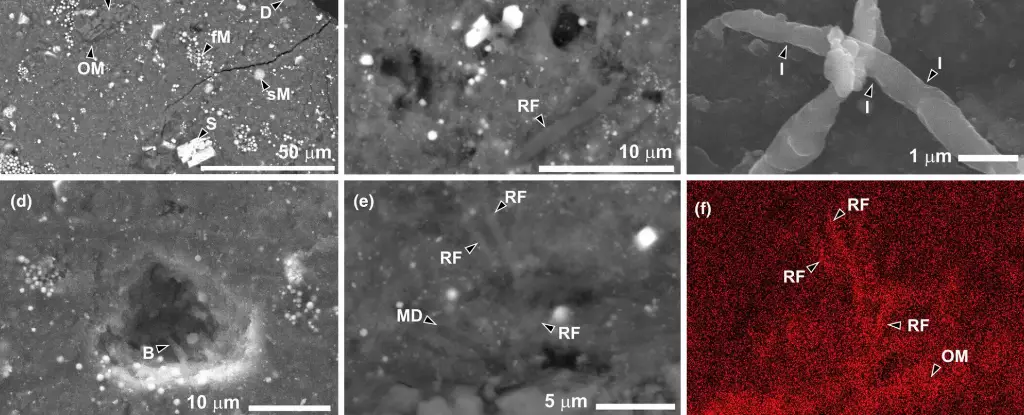The exploration of our cosmos has long intrigued humanity, especially when it comes to understanding the origin of life on Earth. The recent investigation into the composition of asteroids has reignited discussion regarding the panspermia hypothesis—the theory that life, or at least the building blocks of life, may have been distributed throughout the universe via comets, asteroids, or meteorites. Although research has detected organic molecules within cold molecular clouds and even found amino acids and sugars on asteroids, the concept remains controversial. Recent findings concerning samples from the asteroid Ryugu emphasize both the potential for life beyond Earth and the challenges in establishing a definitive connection to extraterrestrial origins.
The idea of panspermia traces back to the 1800s and 1900s, during which scientists recognized the surprisingly swift emergence of cellular life on Earth. Geologically speaking, life appeared shortly after Earth transitioned into a suitable environment. This rapid introduction of biological complexity raises profound questions about the evolutionary processes that could lead to such diversity in such a short span. If we delve into the panspermia model, it suggests that life did not necessarily emerge independently on Earth but rather existed elsewhere before hitching a cosmic ride on asteroids or comets destined for our planet.
Furthermore, the investigation of microbial resilience enhances the panspermia narrative. Some organisms can withstand the extreme conditions of space, leading to speculation that life could indeed have alien roots. Nevertheless, scientists remain cautious about accepting panspermia due to several complications involving the sustainability and longevity of life forms during extensive interstellar travel. The harsh reality of space may prove too multidimensional for life, which requires impeccable conditions to thrive, rendering long-term survivability problematic.
The Hayabusa2 mission, launched in 2014, represents a significant effort in revealing the mysteries veiled by asteroids. This initiative culminated in the recovery of a pristine sample from the Ryugu asteroid, boasting the best controls for contamination throughout its journey back to Earth. When researchers examined the collected material, they discovered structures resembling microbial life forms. However, despite this tantalizing finding, the implications warrant a discerning critique.
The presence of organic matter does not unequivocally signify extraterrestrial life. Microbial life is tenacious—thriving in environments ranging from ocean depths to nuclear facilities—making contamination a plausible factor. The sample analysis indicated morphologies and growth patterns typical of terrestrial microbes. The sizes of detected organic structures aligned with common Earth bacteria, suggesting contamination happened, possibly even during sample collection and transfer. Thus, despite presenting intriguing data, it appears that the implications of this research lean toward terrestrial origins of the organic material rather than solid evidence for cosmic life.
The findings from the Hayabusa2 mission raise two critical considerations for future astrobiological missions. First, they illuminate the inadequacy of current sterilization protocols. The risk of contaminating extraterrestrial samples poses a genuine threat to understanding the origin of life and how it may have persisted through varying cosmic conditions. A rigorous re-evaluation of contamination prevention is essential, particularly as exploration efforts expand beyond Earth’s confines.
Second, the presence of organic materials in asteroids propels discussions surrounding the future of human colonization. With qualified elements for sustaining life identified in these celestial bodies, asteroids offer a promising avenue for further resource extraction and habitation efforts, should space travel beyond Earth gain momentum.
The Bigger Picture: Life’s Cosmic Journey
While the panspermia hypothesis holds captivating potential in solving the riddle of life’s origins, the recent findings from the Hayabusa2 sample necessitate a tempered approach. The evidence does not unequivocally support external life speculation, but rather reflects the interconnected nature of life across the universe, reminding us that our understanding of life may yet be intertwined with the cosmos. As researchers unravel the complexities of organic matter in space, the search for life’s origins—whether it be terrestrial or interstellar—will undoubtedly advance, pushing the boundaries of our knowledge and understanding of existence itself. The quest continues, but caution and critical analysis remain vital companions on this cosmic journey.

